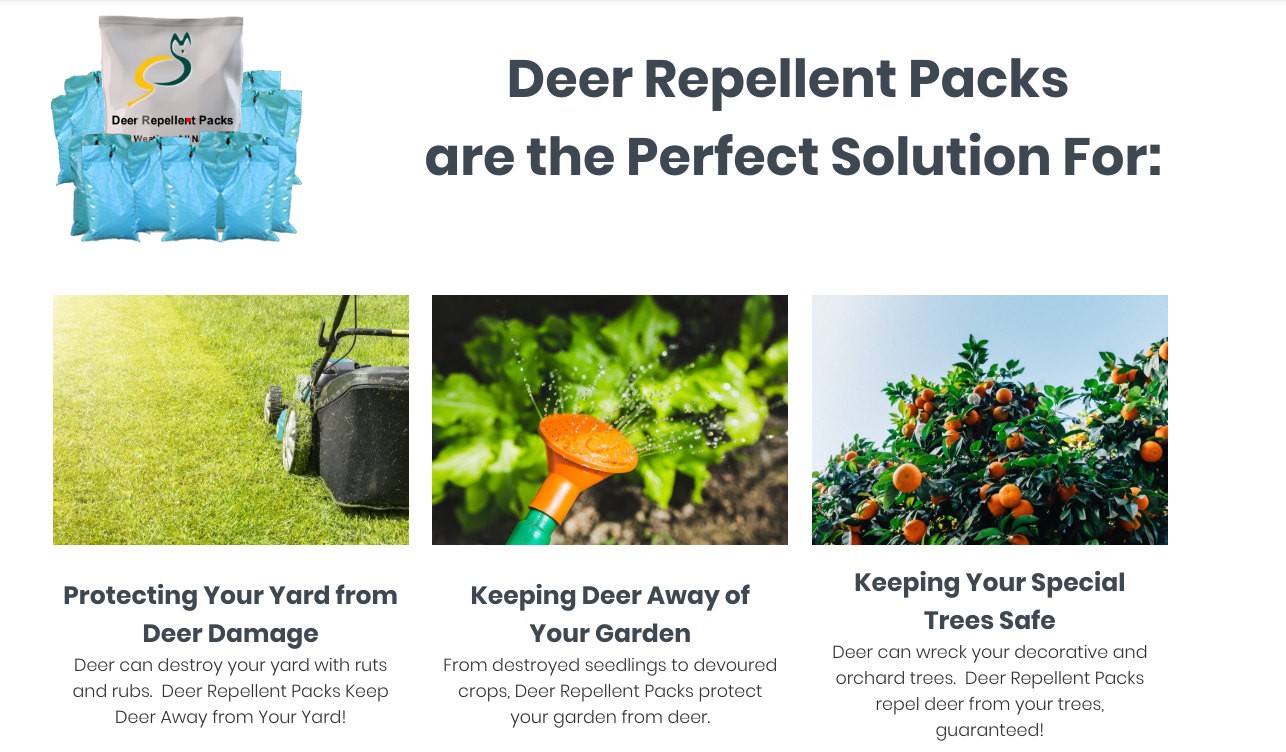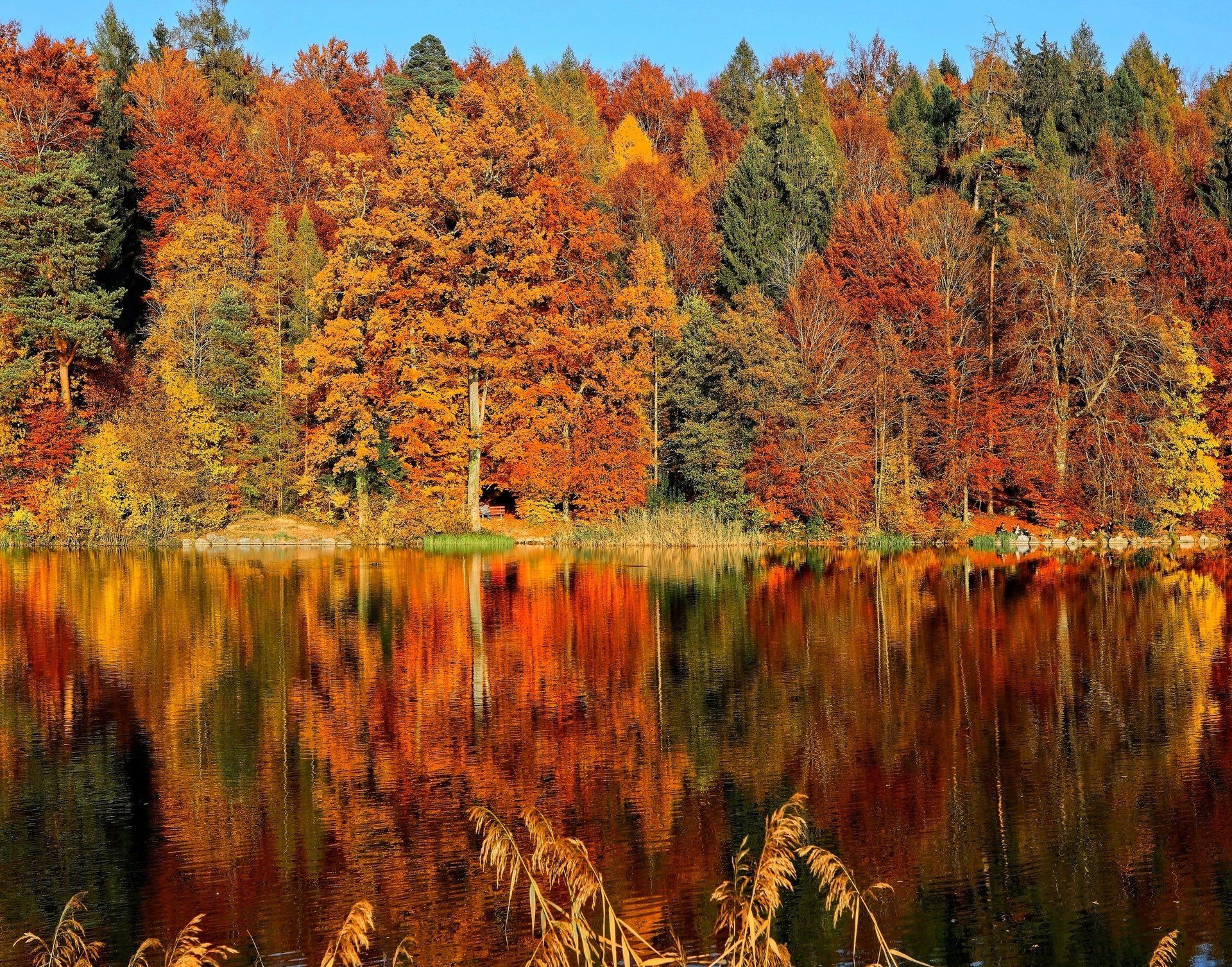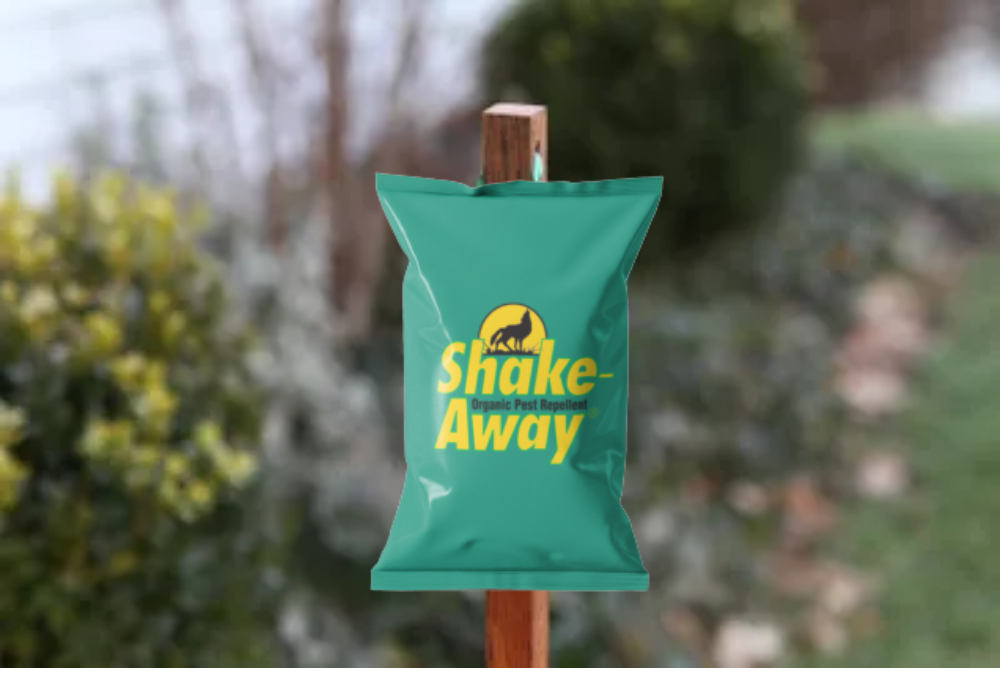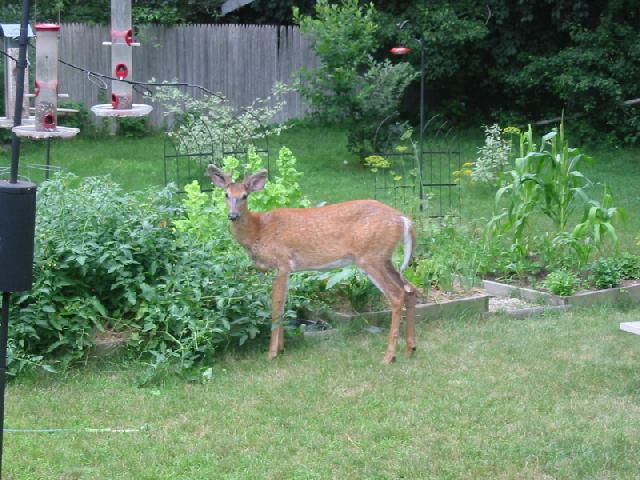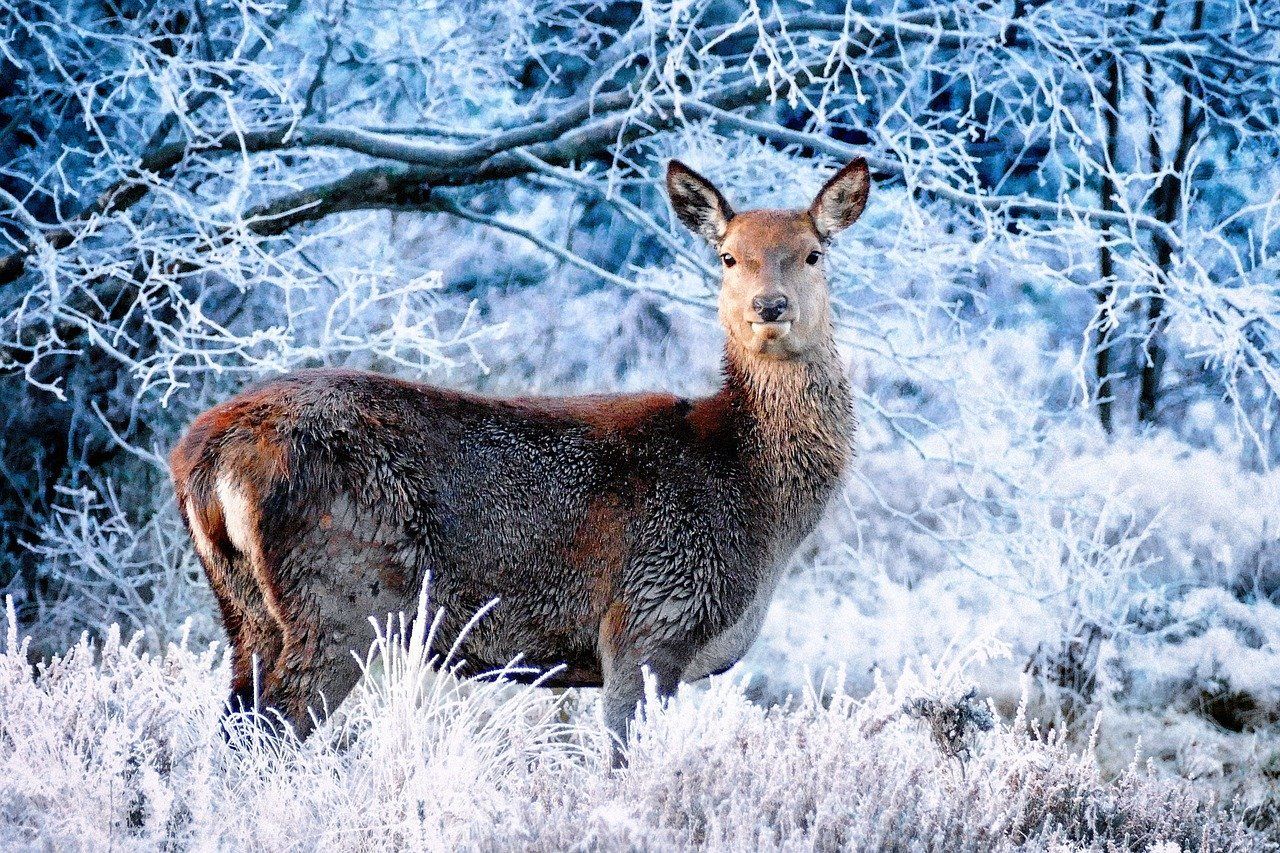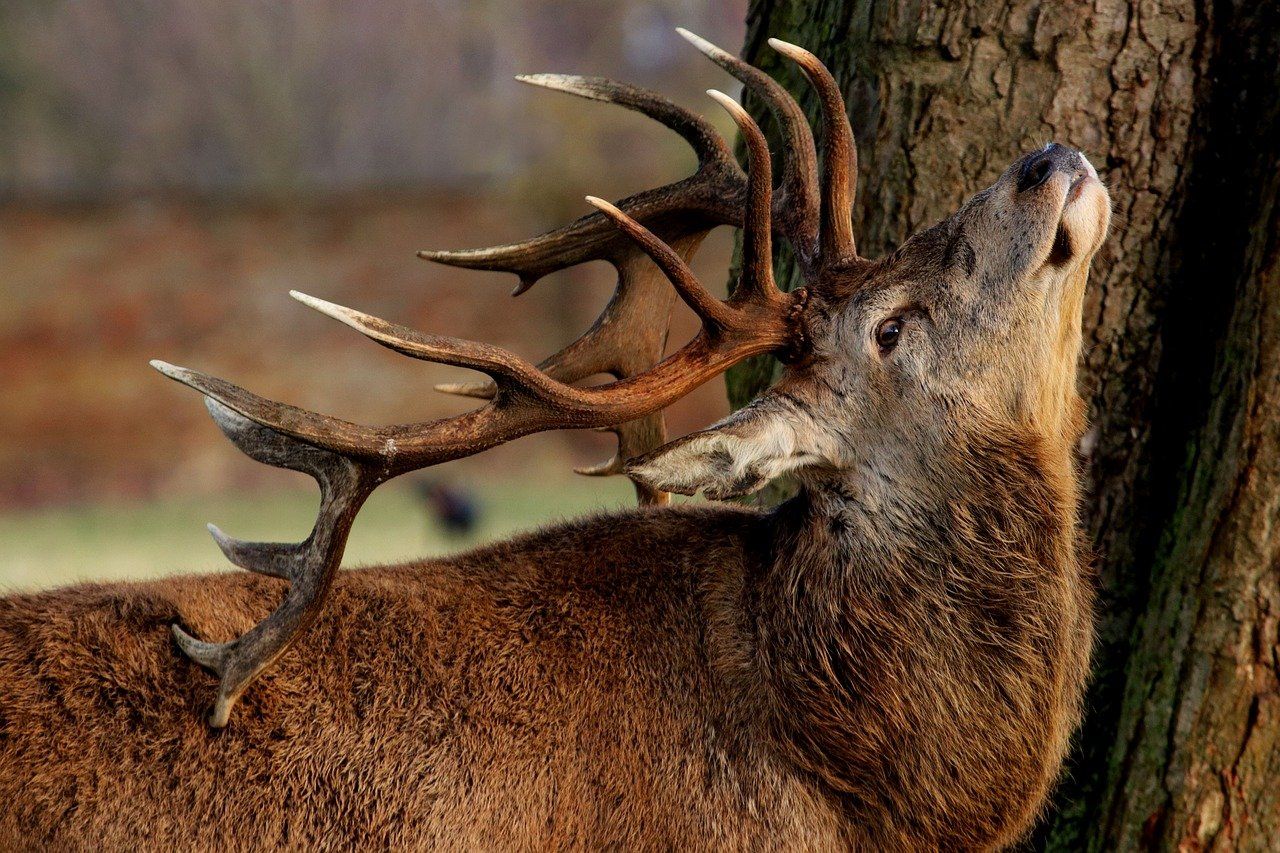Winter Deer Repellent Tips
Changing winter weather means new deer behavior and damage
As food becomes more scarce and harder to come by, deer can respond by creating significant damage to your yard and garden during the winter months. Though deer will first turn to leaves, grass, and plants, at some point, the supply will run low. As a result, deer start to look for woody plants, shrubs, and trees that maintain their green growth over the winter. This makes trees like oak, dogwood, and willow, highly susceptible to deer-related damage.
Deer are likely to gnaw on lower leaves and low-lying branches. Come the spring, unfortunately, these plants don’t grow back evenly, and often sustain permanent damage that can require replacement.
Since food is so scarce during the winter, it also means that a higher deer population might be trying to go after the same food sources. Thus, attempts to keep the deer away can likely fail.
Keeping deer out of your yard and garden in the winter
To successfully keep deer out of your yard and garden in the winter, it is important to be proactive. Replacing shrubs and trees that are damaged by deer can be not only frustrating and time-consuming, but expensive too.
The best deterrent to keep deer away in the winter is through fencing. However, deer can jump quite high (often up to eight feet) so the higher the fence, the more effective you will be in keeping the deer away. This said many neighborhoods and communities restrict fences over a certain height.
Another great option to keep the deer from wreaking havoc on your plants and shrubs is to wrap those trees and shrubs in burlap. Not only does the burlap help protect your plants from the mouths of hungry deer, but it will also help protect your plants from the cold weather and fierce winter winds. To effectively cover your plants, simply unroll the burlap, cut it to the measurements that you need, and then wrap it loosely and securely around the plant. If burlap isn’t your preference, you can also try to wrap the trees with chicken wire. This can help keep the deer away but doesn’t provide the additional cold-weather protection that comes with the burlap.
Aside from fencing and wrapping your trees and plants, many homeowners will turn to repellents to help keep deer away. Deer repellent packs include a granular repellent contained within a breathable weather-resistant pouch that is easily hung from the branches of a tree, from a fence post, etc., an are highly effective all year round. These hanging packs are far more effective than spray-on formulas, especially during the winter when snow can wash away the application.
Regardless of the strategy mentioned above, homeowners should be sure to remove any possible food sources. Deer can’t eat what isn’t available to them. So, take a wander through your yard to see what you might be able to remove, such as birdfeeders. You could replace birdseed with thistle seeds or suet cakes which are still popular for the birds, but less so for deer. You may also want to move any potted plants to your porch or somewhere that deer will be less tempted to access (most deer will not climb stairs).
If you do nothing, you can assume that deer will access your yard and devour your most susceptible plants. The effort taken now to keep the deer away will be far less than what will be needed to pull out dead plants, and plant new ones. Taking the steps to properly deter deer will help protect your plants, and save you significant money and time in the long run.


